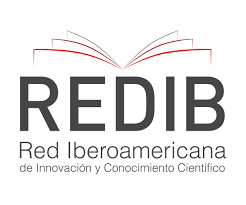ISSN: 2358-0844
Qualis A3 (Capes) Antropología/Arqueología, Arquitectura, Urbanismo y Diseño, Artes, Ciencias Políticas y Relaciones Internacionales, Comunicación e Información, Derecho, Educación, Enfermería, Enseñanza, Filosofía, Historia, Interdisciplinar, Lingüística y Literatura, Planificación Urbana y Regional/Demografía, Psicología, Salud Colectiva, Trabajo Social, Sociología
Índice h (Scholar) 24
TUTORIALES DISPONIBLES
Cómo hacer una evaluación (en portugues)







